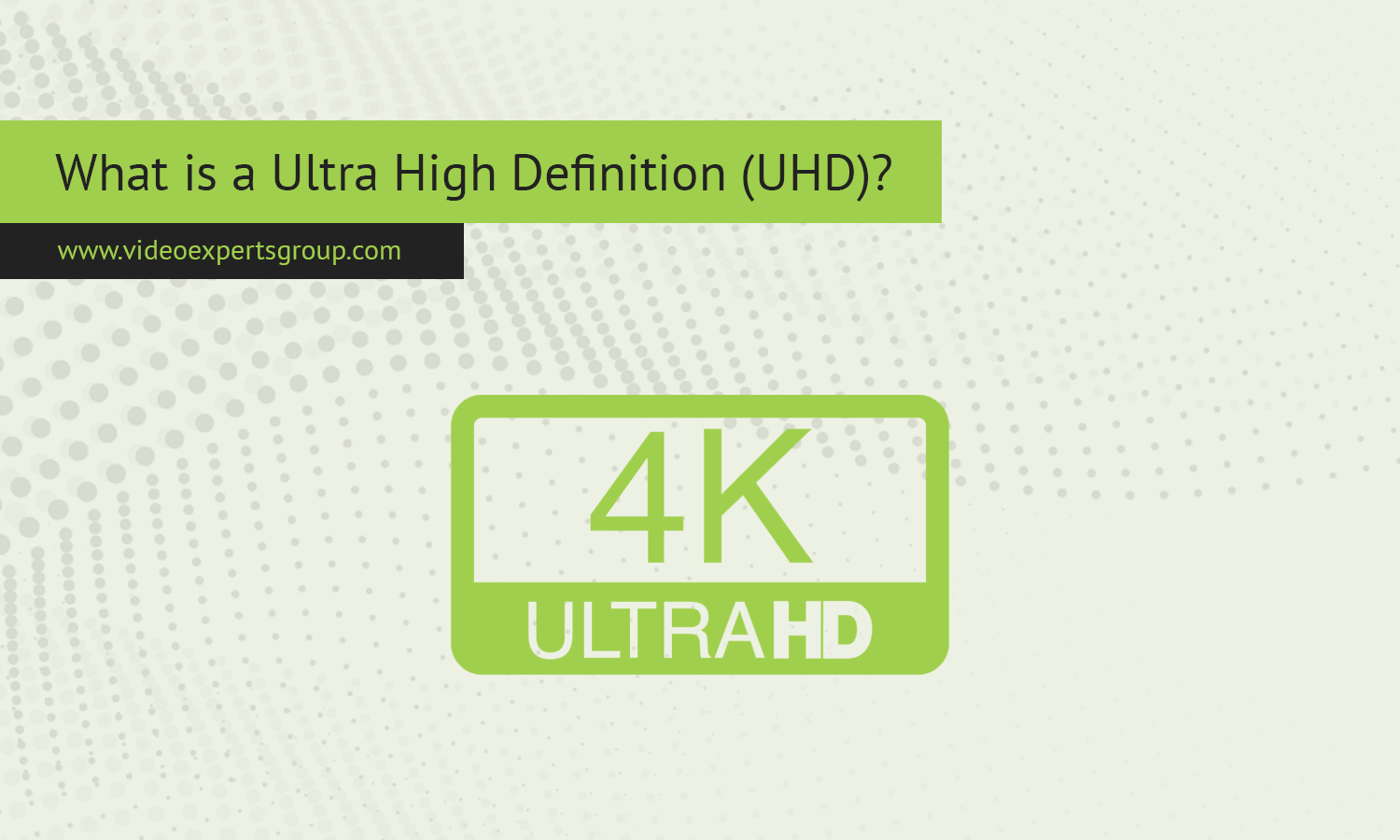Ultra High Definition (UHD) has become a popular term in modern technology, especially in relation to televisions, monitors, and streaming services. As technology has progressed, the demand for sharper and more detailed images has risen, leading to the introduction of higher resolutions like UHD. While many are familiar with High Definition (HD), UHD takes things several steps further, offering even more pixels and a crisper, more lifelike image. But what exactly is UHD, and how does it differ from other display resolutions?
Meaning
UHD, or Ultra High Definition, refers to a video resolution that offers significantly higher pixel counts than traditional HD. Specifically, UHD is a resolution of 3840x2160 pixels, which is four times the pixel count of Full HD (1920x1080 pixels). This increase in pixels results in finer detail, making images sharper and more vivid.
UHD is often used interchangeably with 4K, but there is a technical distinction. While consumer UHD refers to a resolution of 3840x2160, true 4K resolution, typically used in cinema, is slightly larger at 4096x2160 pixels. However, for most practical purposes, UHD and 4K are considered the same, especially when talking about televisions, monitors, and consumer electronics.
UHD Resolution
UHD resolution is part of a new wave of display technologies that provide higher detail and better picture quality. Here’s a look at what makes UHD special:
-
3840x2160 pixels (4K UHD): The most common UHD resolution, this format contains 8.3 million pixels in total. Compared to Full HD's 2 million pixels, the extra detail is apparent, especially on larger screens.
-
7680x4320 pixels (8K UHD): An even more advanced version of UHD, 8K quadruples the pixel count of 4K with 33.2 million pixels. Though 8K is still in its early stages, it's gaining traction for high-end video production and future consumer displays.
UHD enhances the viewing experience by increasing the density of pixels on the screen, resulting in finer detail. This makes images appear more realistic, especially when viewed on larger screens where individual pixels become less noticeable. UHD is ideal for large TVs, projectors, and gaming monitors where clarity and immersion are key.
Pros and Cons
Pros
-
Higher Detail and Clarity: UHD offers significantly higher pixel density than HD, making it ideal for large screens. The more pixels, the sharper and more detailed the image appears, making UHD perfect for watching nature documentaries, blockbuster movies, and gaming.
-
Better Color Accuracy: UHD displays often come with enhanced color reproduction technologies like High Dynamic Range (HDR). HDR works with UHD to deliver deeper blacks, brighter whites, and a wider range of colors, enhancing the overall visual experience.
-
Immersive Viewing Experience: UHD provides a more immersive experience, especially when combined with large screens and shorter viewing distances. With four times the detail of Full HD, viewers can sit closer to the screen without noticing pixelation.
-
Future-Proof Technology: As more content creators, streaming platforms, and broadcasters move toward 4K, investing in a UHD display ensures that you can enjoy this higher-quality content for years to come. Services like Netflix, YouTube, and Amazon Prime already offer a wide range of 4K UHD content.
Cons
-
Requires More Bandwidth: Streaming UHD content requires a fast and stable internet connection, typically 25 Mbps or higher. This makes it more demanding on bandwidth compared to HD content, which can stream on slower connections.
-
Expensive: UHD displays, especially those with added features like HDR and higher refresh rates, tend to be more expensive than Full HD devices. Additionally, UHD cameras and media production equipment are pricier due to the need for higher-quality image processing.
-
Limited 4K Content: While UHD content is becoming more available, especially on streaming platforms, it's still not as widespread as HD content. Many broadcasters and cable channels continue to deliver in HD, so the benefit of UHD displays may be limited for non-streaming viewers.
-
Larger File Sizes: UHD videos take up significantly more space than HD. This means storage devices fill up faster, and downloading or uploading UHD content takes longer and consumes more data.
FAQ
Ultra High Definition (UHD) represents a significant leap in display technology, offering sharper images, better color reproduction, and an overall more immersive viewing experience. With resolutions four times higher than Full HD, UHD brings lifelike detail to movies, games, and other media. While UHD content is becoming more widely available, it does come with higher bandwidth requirements and costs. Nonetheless, for those seeking the highest level of visual quality, UHD offers a compelling upgrade from HD, especially as more content and devices become UHD-compatible.
















